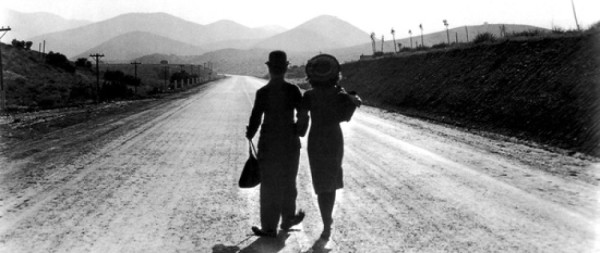Opening Night
Directed by John Cassavetes
Written by John Cassavetes
1977/US
IMDb page
Repeat viewing/Criterion Channel
Bobby: I’ve seen a lot of drunks in my day, but I never seen anyone as drunk as you and still be able to walk. You’re fantastic.
The fantastic acting makes up for the somewhat contrived plot.
Sarah Goode (Joan Blondell) has written a semi-autobiographical play about an aging actress. The legendary Myrtle Gordon (Gena Rowlands has been cast as the lead. The play is in rehearsal under the guidance of director Manny Victor (Ben Gazzara). Maurice Aarons (John Cassavetes) has a small part.
Myrtle is having a very hard time getting into her role. Problem is she does not want to be seen as an aging actress. Then a beautiful teenager gets killed when she darts into traffic to get an autograph from her idol. Myrtle’s solution is to drink even more than usual. In her delirium, the girl keeps appearing to her in physical form.

The rehearsals are constantly interrupted by Myrtle’s antics. Sarah tries to counsel her but nothing seems to be sinking in.

Inevitably opening night arrives. Myrtle shows up very late and completely blotto. I will end here.

This movie is much less raw and real than Cassavetes usually is. In fact, you might class it as something like a very emotional comedy. It sure does allow the actors, particularly Rowlands, to pull all the stops out. So much so that you can’t take your eyes away from the screen. There is a fabulous scene at the very end where Cassavetes and Rowlands improvise together. It is hilarious and makes the movie definitely worth a watch for fans of the director.






























